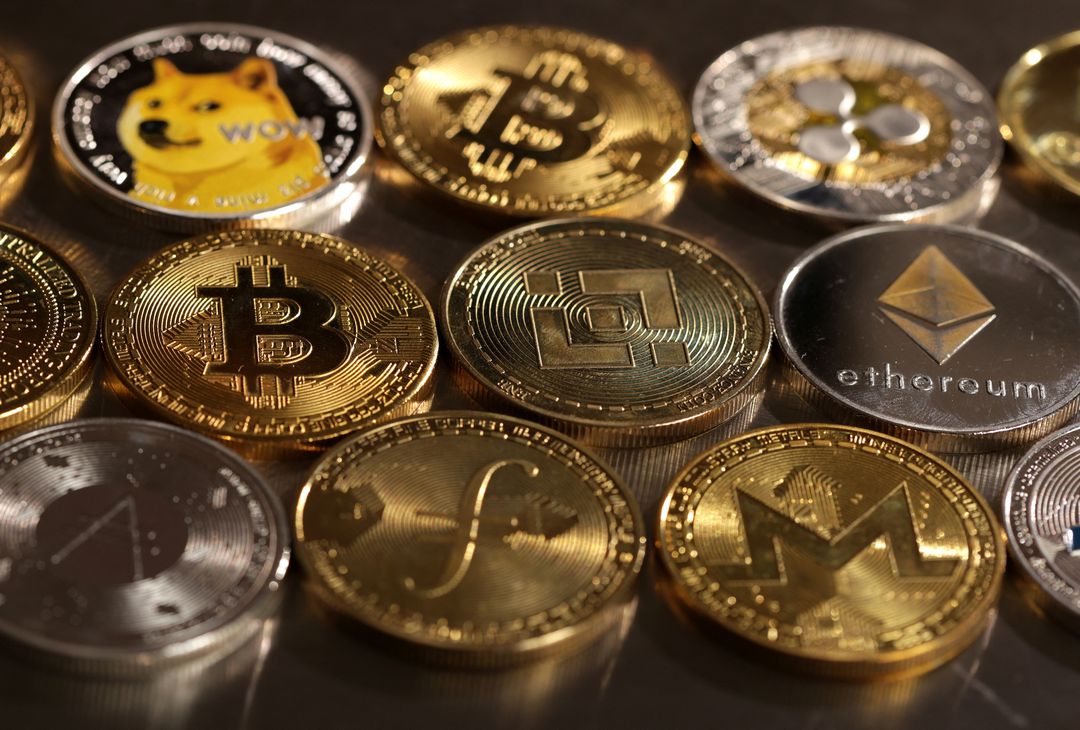The recent surge in government-backed stablecoins has sparked debate over whether these dollar-pegged crypto tokens will strengthen or destabilise the economy.
The bipartisan passage of the “Genius Act” last month, which sets rules for stablecoins, triggered fresh speculation about potential risks, including fraud, tax evasion, and financial instability. Critics warn of systemic danger, while supporters argue stablecoins’ limited retail use confines any impact largely to the financial markets.
Crucially, stablecoins are closely linked to the US Treasury market. The new law mandates that issuers back tokens fully with liquid assets, such as cash or short-term Treasury bills, and disclose reserve compositions monthly. With a market cap exceeding $250 billion—and potential estimates of up to $2 trillion within three years—stablecoins could exert significant influence on the financial system.
Some proponents view this link positively, suggesting rising stablecoin demand could increase Treasury bill purchases, helping the US government manage debt issuance without disturbing long-term yields. Currently, Treasury bills total $6 trillion, just over a fifth of all debt. A projected $1 trillion rise in both bills and stablecoins over the next three years would only restore historical levels.
However, much of the cash backing stablecoins may simply be redirected from existing bank deposits or money market funds, limiting their actual effect on Treasury markets.
Analysts also highlight potential liquidity implications. Stablecoins effectively turn Treasury assets with several-month maturities into instantly spendable instruments. While this could boost liquidity in financial markets, limited consumer use and absence of lending mean the broader economy may see minimal impact. Some money could even shift away from banks, potentially slowing credit expansion and the velocity of money.
“The Genius Act is unlikely to spark a 1970s-style credit boom,” said a report from Cross Border Capital. “It signals a shift in money supply control from banks to a public-private hybrid, mostly affecting financial markets rather than the high street.”
Critics warn that government-sanctioned private money risks fraud, panics, and instability, echoing concerns from the 19th century. Yet as long as stablecoins remain mostly within niche financial markets, these risks remain largely theoretical, with their integration into the real economy being the key question.







Click here to change your cookie preferences